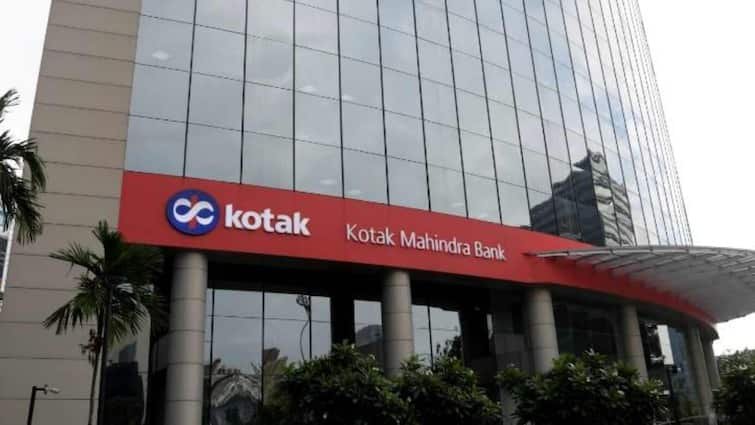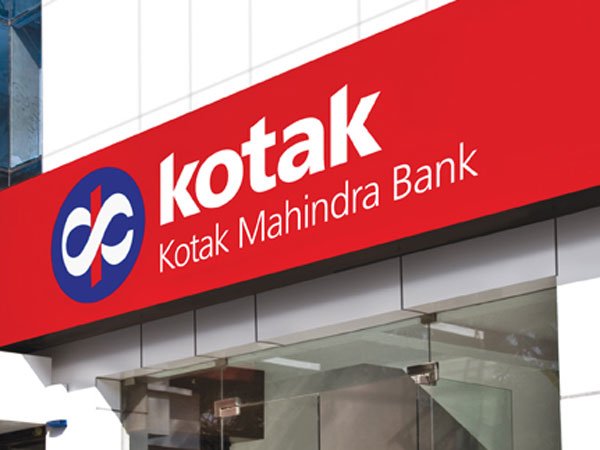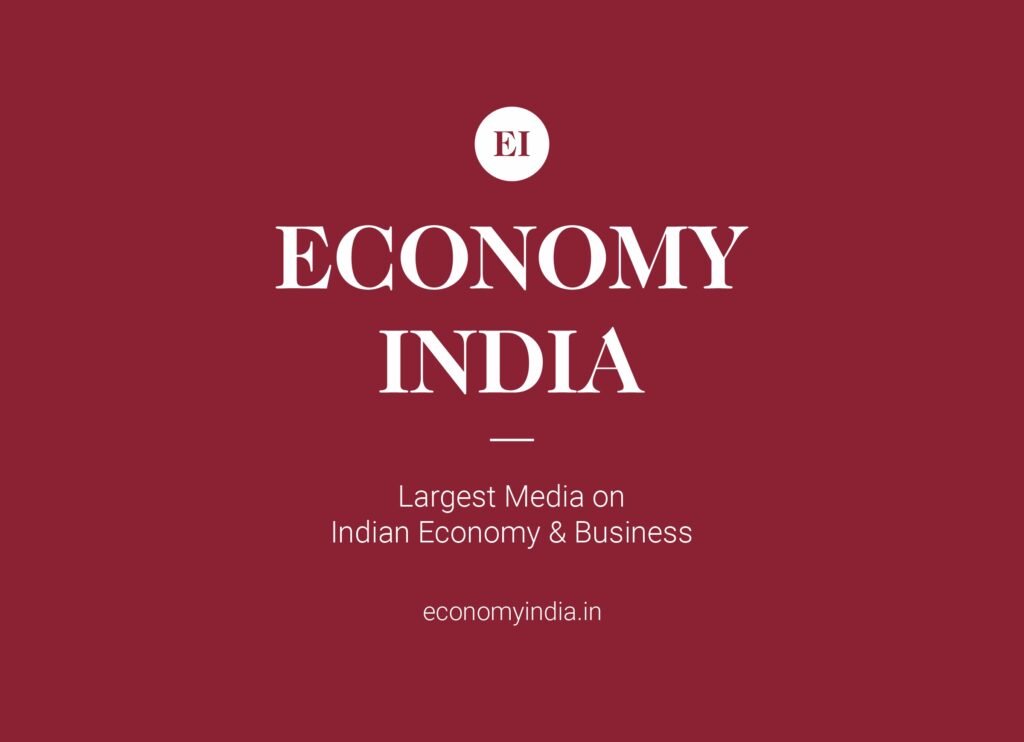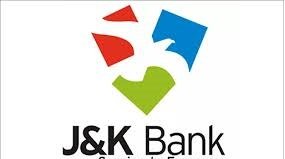The private sector lender cited economic headwinds and rising stress in the retail commercial vehicle loan segment as key reasons for the sharp profit decline.
Mumbai (Economy India): Kotak Mahindra Bank one of India’s leading private lenders, reported a significant 40% decline in its consolidated net profit for the first quarter (April–June 2025) of the current financial year (FY26), with earnings falling to Rs4,472 crore, compared to Rs7,448 crore in the same quarter last year.
The bank attributed the decline to rising stress in the retail commercial vehicle (CV) loan segment, along with macroeconomic headwinds that impacted lending operations and borrower repayment capacity, particularly in rural and semi-urban markets.

📊 Financial Snapshot: Q1 FY26 vs Q1 FY25
| Financial Metric | Q1 FY26 (Apr–Jun 2025) | Q1 FY25 (Apr–Jun 2024) | Change (%) |
|---|---|---|---|
| Net Profit | Rs4,472 crore | RS7,448 crore | ▼ 40% |
| Net Interest Income (NII) | Rs6,910 crore (estimate) | Rs6,234 crore | ▲ 11% approx. |
| Gross NPA Ratio | 2.01% | 1.77% | Deterioration |
| Net NPA Ratio | 0.54% | 0.43% | Deterioration |
| CASA Ratio | 47.9% | 50.1% | ▼ |
| Credit Growth (YoY) | ~13% | ~15% | ▼ |
🚚 Stress in Retail Commercial Vehicle Portfolio
Kotak Mahindra Bank noted that the retail segment, especially commercial vehicle (CV) loans, faced significant stress due to:
- Fuel price volatility
- Inconsistent freight movement
- Delays in toll and permit clearances
- High insurance and EMI burden on small fleet owners
The segment saw rising delinquencies, particularly in tier-2 and tier-3 cities, leading the bank to increase provisioning and tighten credit filters in the vehicle loan segment.
🗣️ Management Insight
Commenting on the results, the bank’s Joint Managing Director Dipak Gupta said:
“The first quarter saw a moderation in bottom-line performance, primarily due to stress in the retail CV and unsecured loan segments. However, we remain focused on calibrated growth and portfolio quality.”
He added that while profitability has taken a hit, the bank continues to be well-capitalized, digitally agile, and risk-aware in a dynamically changing credit environment.
💡 Growth Areas & Strategic Focus
Despite the dip in net profit, Kotak Mahindra Bank is witnessing positive trends in the following areas:
- Home loans and secured personal lending saw double-digit growth.
- Corporate banking and treasury services performed steadily.
- Digital banking adoption increased, with over 22% year-on-year growth in mobile-based transactions.
However, the bank is taking a conservative stance in unsecured loans and CV financing until stability returns.
🛡️ Asset Quality and Provisions
While the Gross NPA ratio increased slightly to 2.01%, the bank emphasized that proactive provisioning and restructuring options are being utilized to manage stress accounts.
“Our provisioning coverage ratio remains robust, and we are well-prepared to absorb shocks should the situation worsen,” the CFO stated.
The bank did not report any major large-ticket corporate defaults during the quarter.
📉 Market Reaction
Following the Q1 earnings announcement, Kotak Mahindra Bank’s stock fell nearly 2.4% intraday, reflecting investor concern over the drop in profitability. However, several analysts maintained a “Hold” or “Neutral” rating, citing long-term fundamentals.
🔍 Sectoral Context
The earnings report comes at a time when other private sector lenders such as HDFC Bank, Axis Bank, and ICICI Bank have also seen margin pressure and increased provisioning, though most have posted modest profit growth.
The banking industry is grappling with:
- Global interest rate uncertainties
- Cautious borrower sentiment
- High competition for deposits
- Increasing cost of funds
🏁 Outlook
Despite a tough quarter, Kotak Mahindra Bank remains optimistic about a recovery in H2 FY26, especially if interest rates stabilize and economic momentum picks up.
The bank continues to invest in technology, customer experience, and risk mitigation, positioning itself to weather short-term volatility and capitalize on long-term structural growth in India’s banking sector.
(Economy India)












